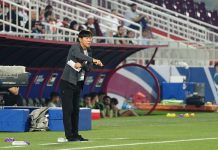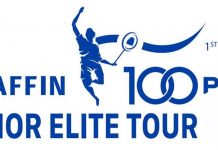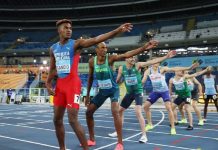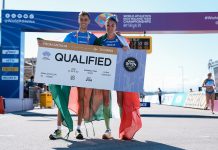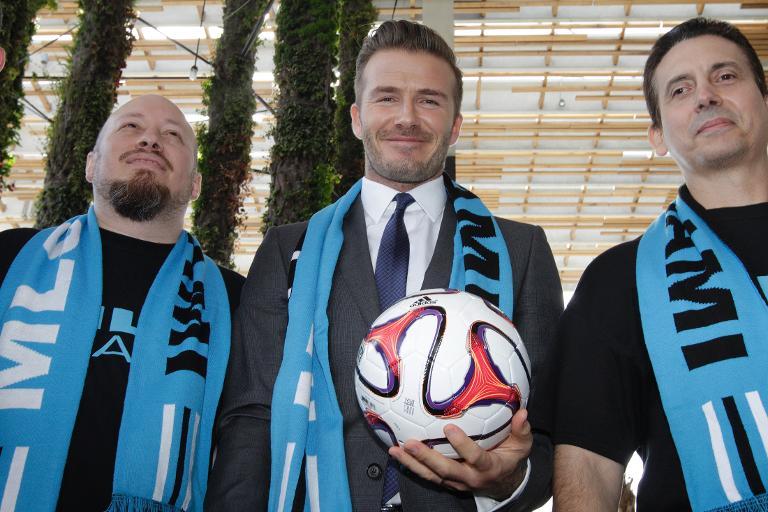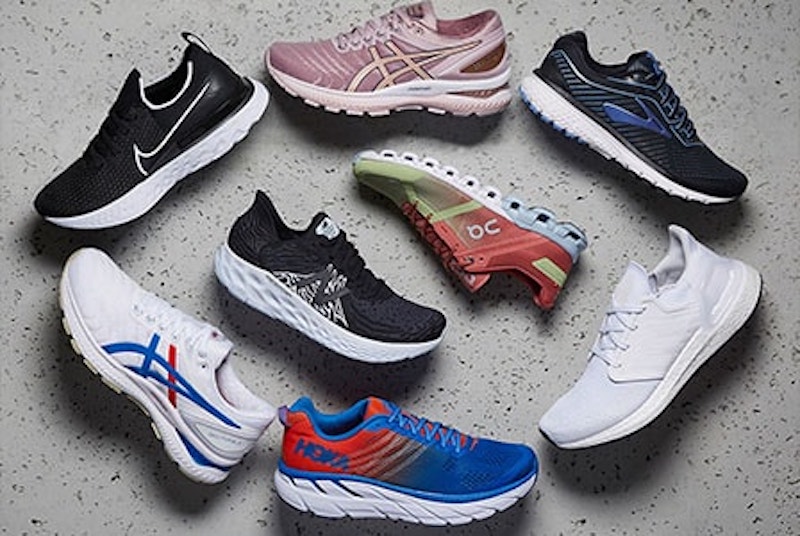 World Athletics today announces further revisions to its rules governing shoe technology, which are designed to give certainty to athletes preparing for the postponed Tokyo 2020 Olympic Games and to preserve the integrity of elite competition.
World Athletics today announces further revisions to its rules governing shoe technology, which are designed to give certainty to athletes preparing for the postponed Tokyo 2020 Olympic Games and to preserve the integrity of elite competition.
These amendments, approved by the World Athletics Council last week, are based on significant ongoing discussions with the Working Group on Athletic Shoes, established this year, and with the shoe manufacturers.
They include changes to the maximum height of spiked shoes for track and field events and the establishment of an ‘Athletic Shoe Availability Scheme’ for unsponsored elite athletes. The maximum height for road shoes (40mm) remains unchanged.
The purpose of these amendments is to maintain the current technology status quo until the Olympic Games in Tokyo across all events until a newly formed Working Group on Athletic Shoes, which includes representatives from shoe manufacturers and the World Federation of the Sporting Goods Industry (WFSGI), have had the opportunity to set the parameters for achieving the right balance between innovation, competitive advantage and universality and availability.
The amendments include:
- Clarification of the position for new shoes that have been approved to date;
- As an ongoing obligation, athletes, their authorised representative or their shoe manufacturer must continue to submit shoe specifications and, if requested, new shoes for examination by our independent expert;
- Approved shoes to be made available prior to an international competition for distribution to any uncontracted elite athlete via an Athletic Shoe Availability Scheme. The Working Group on Athletic Shoes will develop this scheme including timelines, elite athlete criteria, numbers of pairs of shoes required and method of distribution.
- Confirmation that the manufacturer commits to making the new shoe available via a scheme to provide shoes to unsponsored elite athletes for free and/or for purchase depending on whether they are qualified or an unqualified athlete who benefits from a place at World Athletics Series events or Olympic Games;
- Provision of information concerning the availability of the shoe for other unsponsored elite athletes who need a pair of shoes prior to competition. This is in keeping with the principle of shoes being reasonably available to athletes. As a priority item, in its forthcoming meeting we will work with the working group and World Federation of Sports Goods Industry to design an ‘Athletic Shoe Availability Scheme’ to deliver this. The scheme will cover process, criteria, numbers of pairs of shoes required, method of distribution and when the shoe needs to be available from (our position, which has been generally accepted by manufacturers, is for one month prior to international competition).
The maximum height of the track spike shoes have been amended as set out in the table below:
| Event | Maximum thickness of the sole (As per rule 5.5, notes (i), (ii), (iii) and figures (a) & (b) to rule 5.5, and rule 5.13.3). | Further rule requirement |
| Field events (except triple jump) | 20mm | Applies to all throwing events, and vertical and horizontal jumping events except the triple jump. For all field events, the sole at the centre of the athlete’s forefoot must not be higher than the sole at centre of the athlete’s heel. |
| Triple jump | 25mm | The sole at the centre of the athlete’s forefoot must not be higher than the sole at centre of the athlete’s heel. |
| Track events (including hurdle events) up to but not including 800m | 20mm | For relays the rule applies to the distance of the leg being run by each athlete. |
| Track events from 800m and above (including steeplechase events) | 25mm | For relays the rule applies to the distance of the leg being run by each athlete. For race walking events the maximum thickness of the sole is the same as that for road events. |
| Cross country | 25mm | |
| Road events (running and race walking events) | 40mm | |
| Events under rule 57 of the technical rules | Any thickness |
World Athletics CEO Jon Ridgeon said the previous rule changes, announced in late January, were designed to give the athletes clarity before the Tokyo Olympic Games, which were originally due to take place in July-August this year.
However the later postponement of the Olympic Games for a full year, due to the global pandemic, had given the governing body more time to consult with stakeholders and experts and develop amended rules that will guide the sport through until late 2021.
“We have a better understanding now of what technology is already in the market and where we need to draw the line to maintain the status quo until after the Tokyo Olympic Games,” Ridgeon said.
“In developing these rules we have been mindful of the principles of fair play and universality, maintaining the health and safety of athletes, reflecting the existing shoe market in these challenging economic times, and achieving a broad consensus with the shoe manufacturers who are major investors in our sport.
“These transitional rules give us more time to develop a set of working rules for the long term, which will be introduced after the Olympic Games next year, with the aim of achieving the right balance between innovation, competitive advantage and universality.”
Working Group on Athletic Shoes
The new Working Group on Athletic Shoes (WGAS) met for their first meeting last Wednesday (22 July). It is tasked with scoping and overseeing studies around shoe technology, exploring definitions to provide clarity to athletes about the shoes they are able to compete in, creating a robust certification and control process and providing expert advice and recommendations to the World Athletics Competition Commission on the future direction of World Athletics’ Rules and Regulations concerning elite athlete shoes for the long-term which may or may not be different to the current rules. The structure and composition of the WGAS can be found here – World Athletics







